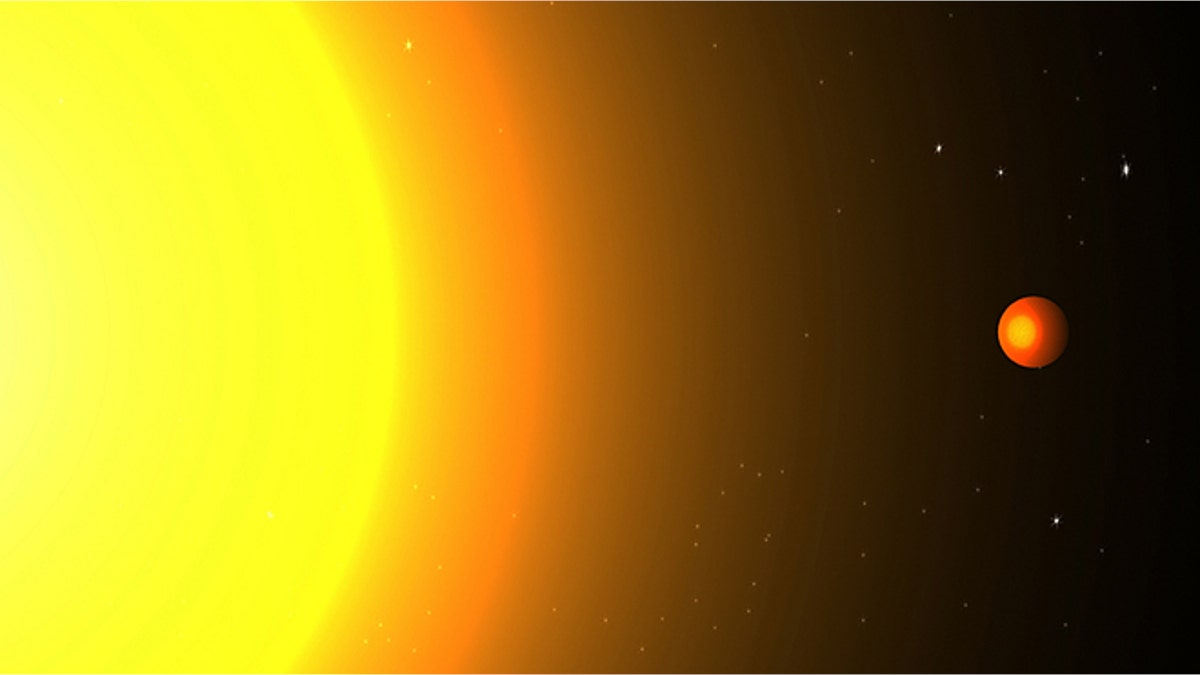
MIT researchers discovered an Earth-sized exoplanet named Kepler 78b that spins around its host star in a short 8.5 hours. (Cristina Sanchis Ojeda)
Is it home away from home?
A planet with a similar mass and size to our own planet Earth, likely similarly composed of rocks and iron, has been spotted orbiting a star some 700 light years away in the constellation Cygnus, scientists announced Wednesday. But don’t expect to find your 2.0 living there.
"It's Earth-like in the sense that it's about the same size and mass, but of course it's extremely unlike the Earth in that it's at least 2,000 degrees hotter," said team member Josh Winn, an associate professor of physics at MIT and a member of the Kavli Institute for Astrophysics and Space Research. "It's a step along the way of studying truly Earth-like planets."
[pullquote]
The planet, deemed Kepler 78b, is lightning-quick compared to Earth, orbiting its star in just 8.5 hours. By contrast, it takes roughly 8,765.81 hours, or 365 days, for our planet to orbit the sun. Kepler 78b's speedy transit of its homeworld was identified by scientists in August.
But continued studies revealed other facts about Kepler 78b, notably its mass: The distant planet's mass is about 1.7 times that of Earth’s. But those scorching temperatures on the surface mean life as we know it is unlikely there.
The information was revealed in a pair of papers published Wednesday in the science journal Nature.
"The gold standard in science is having your findings reproduced by other researchers," explained Andrew Howard of the Institute for Astronomy at the University of Hawaii. "In this case, we did not have to wait for this to happen."
Spotting planets against the inky black of interstellar space is a unique challenge. To find this one, the team analyzed the light given off by the star as the planet passes in front of it, or transits. The researchers detected a transit each time the star's light dipped, and measured this dimming to determine its size. The bigger the planet, the more light it blocks.
To measure the planet's mass, the researchers tracked the motion of the star itself. Depending on its mass, a planet can exert a gravitational tug on its star. This stellar motion can be detected as a very slight wobble, known as a Doppler shift.
Winn and his colleagues looked to measure Kepler 78b's Doppler shift by analyzing observations from the Keck Observatory in Hawaii — one of the largest telescopes in the world. The team analyzed starlight data taken over a period of eight days. Despite the telescope's strength, the signal from the star was incredibly faint, making a daunting task for the scientists.
"Each of the eight nights along the way, we were agonizing over it, whether it was worth continuing or not," Winn said.